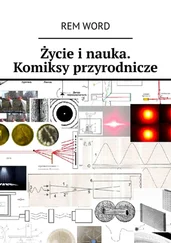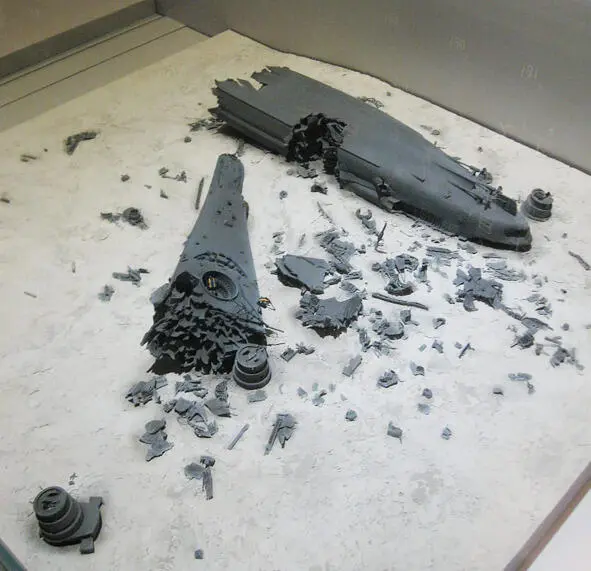
In 1999, to the south of Japan (East China Sea, between Ryuku and Kyushu islands), the research vessel Ocean Voyager with two deep-sea vehicles Julia and Jim was sent. On board – a joint American-Japanese expedition. Close-up photos and sonar data provide a model for the location of the wreckage. The depth of Yamato’s resting place is 344 meters. The explosion of ammunition tore the ship in two. The place of a heap of torpedoes or aerial bombs is visible (the main part of the body is at the top)

As is customary wherever Americans operate («soft power»), research has shown impressive scientific documentaries
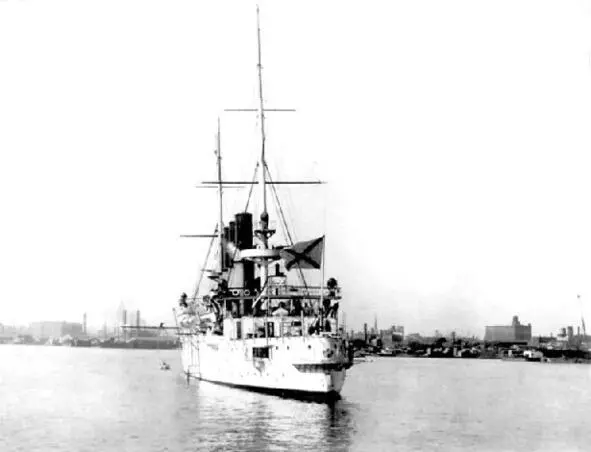
Third place. Armored cruiser «Varyag». We have heard the name «Varyag» many times, but the true image of the ship is little known. We will correct this error as much as possible by presenting several photos taken at the roadstead in Korean ports and Port Arthur
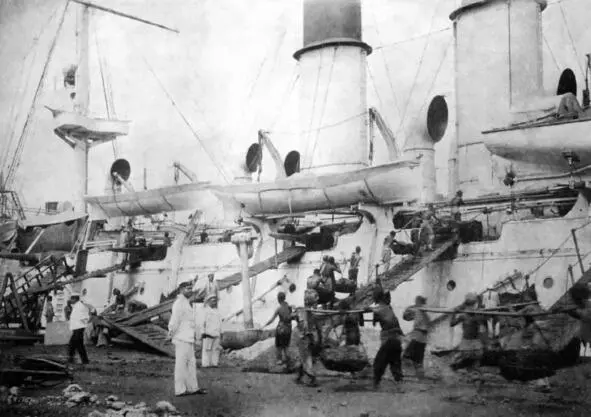
«Varyag» loading coal in one of the Pacific ports
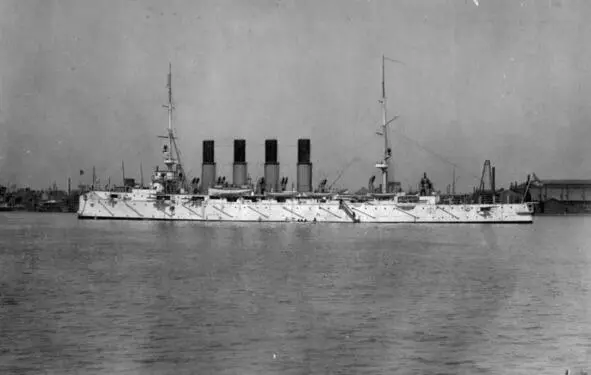
The color of the pipes is beautiful orange. Admiral Rozhenstvensky accepts the proposal to repaint the ships of both squadrons in the so-called «ball» (ugly gray) camouflage color, as the Japanese did, in the spirit that the Russian fleet has its own traditions. The Varyag crew meets the news of the beginning of the Russian-Japanese war in the neutral Korean port of Chemulpo. The approaching Japanese squadron invites the sailors to either surrender or take the battle at the exit from the harbor. Dozens of ships of other powers are in the roadstead near the port. At noon on February 9, 1904, the cruiser and gunboat Koreets leave the port. An artillery duel ensues. According to the estimates of the captain of «Varyag» Rudnev, his ship fires 1000 shells of the main caliber, sinks a cruiser, destroyer and seriously damages another enemy cruiser. Own losses, in addition to the main rangefinder, ventilation systems, guns and other equipment – 30 sailors and an officer. The Japanese only confirm the damage to one of the cruisers, which is undergoing long-term repairs, and deny any damage to the personnel. According to their own calculations, the main caliber of the Varyag manages to fire only fifty shells during an hour-long battle.
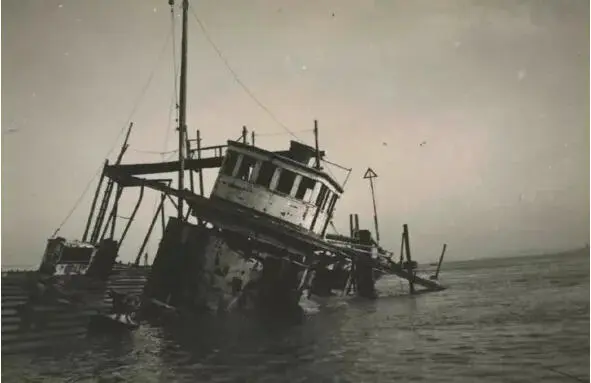
The ship returns to port. At the officers’ meeting, a resolution is passed on its flooding. And, on February 9 at 6 pm, the mechanics open the kingstones. «Varyag» lays down on the ground. «Korean» (whose crew has no losses in battle) is blown up. Crews are accepted on foreign ships. Later, by prior agreement with the Japanese command, the sailors, who pledged not to take part in hostilities against the Land of the Rising Sun, go to Russia. Photo – after submersion in shallow water. Here, on the ship, the bodies of the dead sailors remain
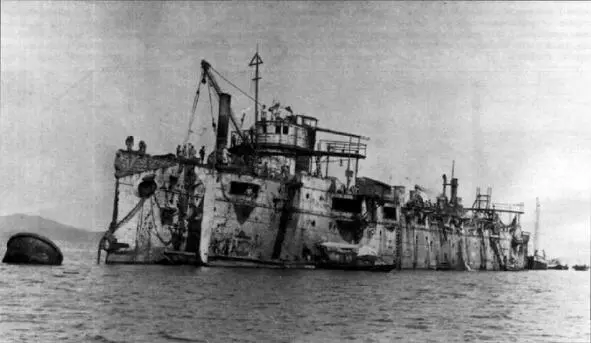
«Varyag» immediately after the rise
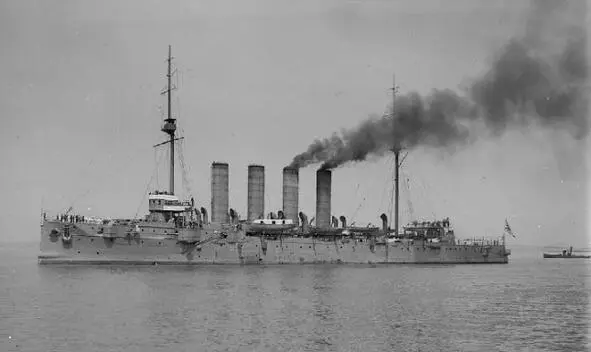
The Japanese are raising and restoring the Varyag. It is now called Soy. In the First World War, Russia and Japan become allies. For a small fee, the Land of the Rising Sun returns the cruiser. In 1917, the ship leaves for Britain for repairs. How much later, with the change of power in Russia, the British confiscated it. In 1925, while ferrying to German firms for scrap, in the Irish Sea, a ship breaks off the towing cables and wrecks off the Scottish coast. Subsequently, it is blown up

The cruiser «Varyag» near the Scottish village of Lendelfoot. Last photo
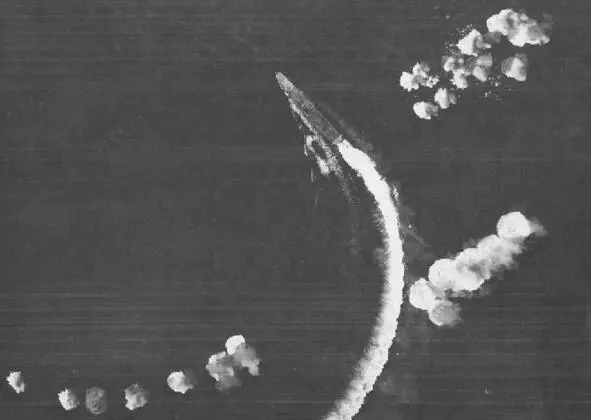
The second and first placesare shared equally by the American Yorktown and the Japanese Akagi. The largest, pivotal battle of the war in the Pacific Ocean, Kursk on the waves – the battle of Midway Atoll. American cryptographers break the naval code and find out that the next attack by the Imperial Navy will be carried out on the base of the Midway Atoll. Forces of the parties. Japan – 4 heavy, 2 light aircraft carriers, 300 carrier-based fighter-bomber aircraft, 16 reconnaissance seaplanes, 30 large ships (cruisers, battleships, destroyers), the main armament of which is artillery. There is no information on submarines. USA – 3 heavy aircraft carriers, 240 carrier-based aircraft, 130 – land-based, 23 combat surface ships of various classes, 16 submarines. On the afternoon of June 3, 1942, nine B-17 bombers deliver the first strike against the approaching group. However, Flying Fortresses are more suitable for destroying targets the size of a city. They do not cause damage to ships. On the morning of June 4, an attack group of 108 aircraft stormed an American ground base and inflicted significant damage on it. Ten US bombers and torpedo bombers, without cover fighters, manage to take off again. They find the aircraft carriers of the Land of the Rising Sun, attack, but almost all of them die under the machine-gun and cannon fire of the Japanese «Zero». Photo – Japanese aircraft carrier Hiryu escapes B-17 bombing from Midway Atoll
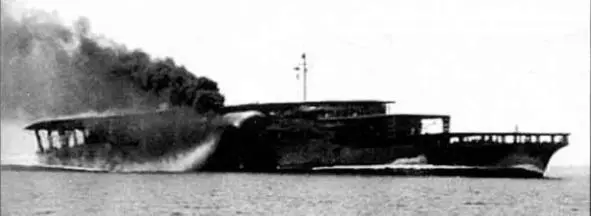
The Americans are desperate to rectify the situation. From the approaching aircraft carriers, they send new waves of Vindicator and Dontles dive bombers and Divasteyor torpedo bombers to the Japanese fleet, but they fail over and over again. The planes either do not find aircraft carriers, or fall from the fire of anti-aircraft guns and fighters. However, the pilots show courage… do not leave the line of attack under any circumstances, and this behavior impresses Fortuna. On the same hot morning of June 4, the aircraft carriers Yorktown and the Enterprise send their remaining dive bombers Dontles into battle. Groups of planes split up, lose targets, and find them again. The initiative allows you to smooth out roughness. The beginning of an attack from a great height, in cloudy conditions, goes unnoticed. Huge Japanese ships pivot to the wind to facilitate takeoff of hundreds of heavily loaded planes on the decks. At this moment, tons of American bombs fall on their decks. The aircraft carriers «Akagi», «Kaga» and «Soryu» receive catastrophic damage. According to some reports, the Nautilus submarine launches torpedoes into one of the ships two hours after the strike. In the evening of June 4 – in the morning of June 5, the aircraft carriers, having played the battle so well in the morning, go to the bottom. According to Japanese legend, the Imperial Naval Force takes five minutes to win the battle, and even the war itself. Photo – Japanese aircraft carrier Akagi after a deadly bombing raid. Noon, June 4, 1942
Читать дальше














